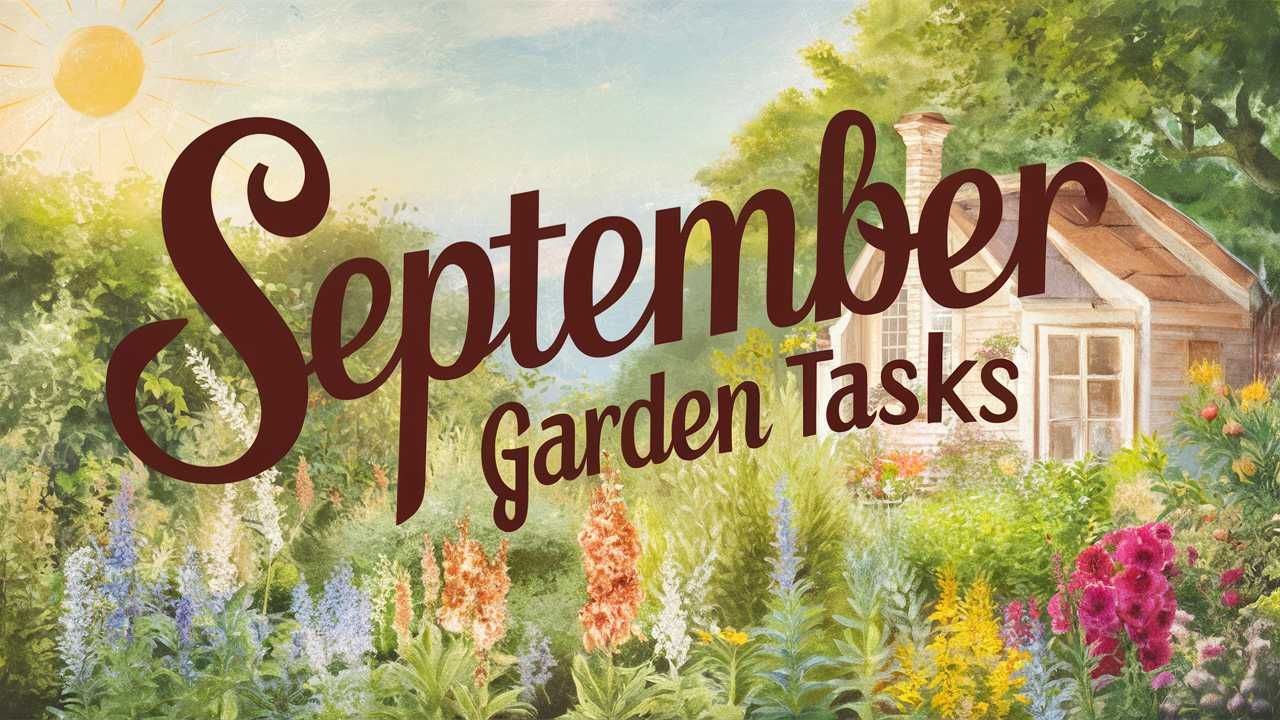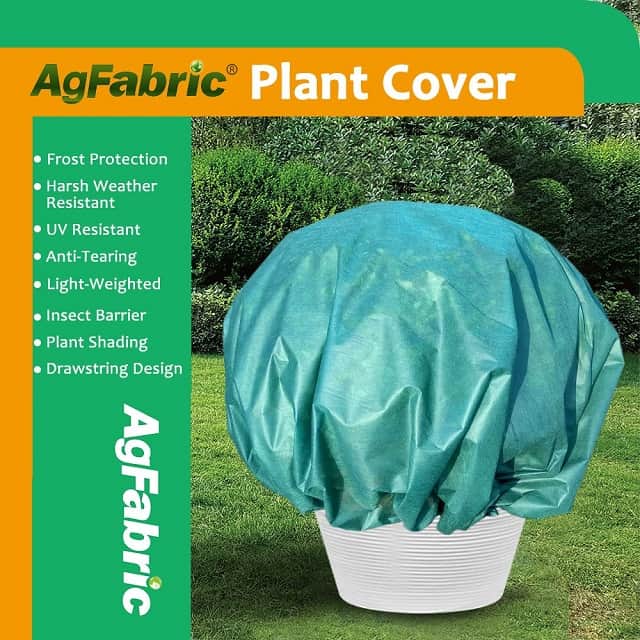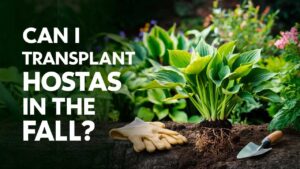In this post, we’ll explore critical tasks to tackle in September, ensuring that your garden remains vibrant and productive.
Reflect on Your Summer Garden
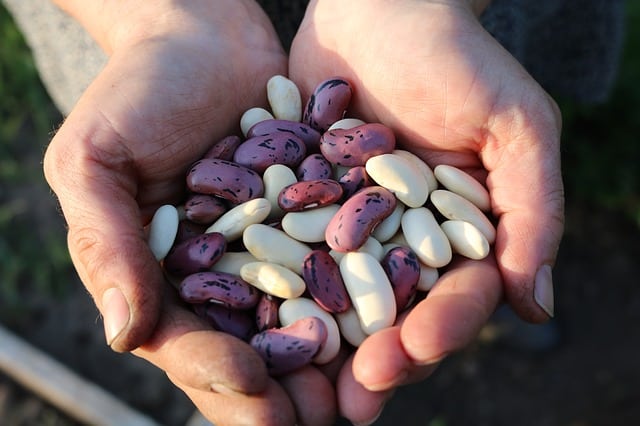
Before diving into new tasks, take some time to evaluate your garden from the summer season. What plants thrived? Which struggled to survive? This reflection enables you to adjust your approach for the following year.
Keeping a Garden Journal
Maintaining a garden journal is an invaluable tool. Documenting your successes and failures can make a tremendous difference over time. Note down environmental conditions like temperature changes, rainfall patterns, pest invasions, and plant performance. This personal data can guide your choices in the upcoming seasons.
Harvesting Late Summer Crops
September is a crucial time for harvesting. While many summer crops are winding down, others, like tomatoes, peppers, and beans, are hitting their peak. Ensure you are harvesting regularly to encourage further production.
Prepare for Fall Planting
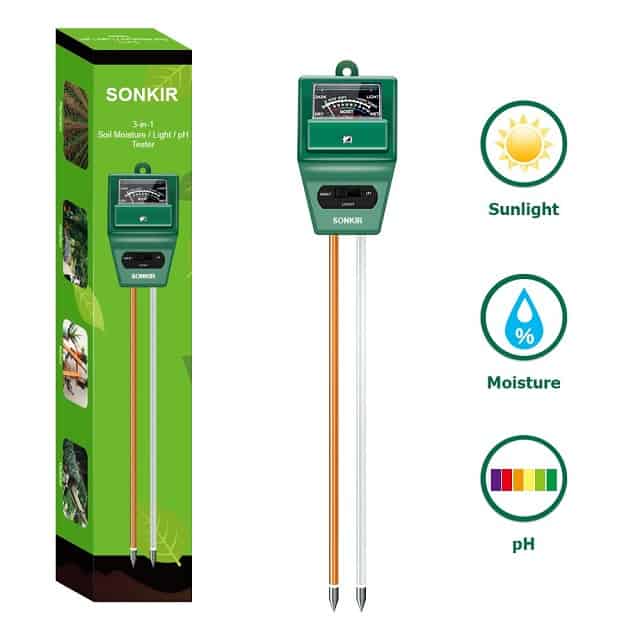
As the temperatures start to dip, it’s time to think about what you want to plant in your fall garden. Some plants do remarkably well planted in the cooler months, and with the right preparation, they can thrive beautifully.
Selecting the Right Crops
Cool-season crops such as broccoli, spinach, kale, and radishes are excellent choices for September planting. These plants can handle the cooler temperatures and may even taste sweeter after a frost. Organic seeds are a worthwhile investment, as they tend to perform better in local environments.
Soil Preparation
Before planting, take the time to amend your soil. Testing the pH can reveal a lot about soil health; many plants thrive in soil that is slightly acidic to neutral. Add organic compost or well-rotted manure to enrich the soil, providing essential nutrients that support healthy growth.
Clean Up Your Garden
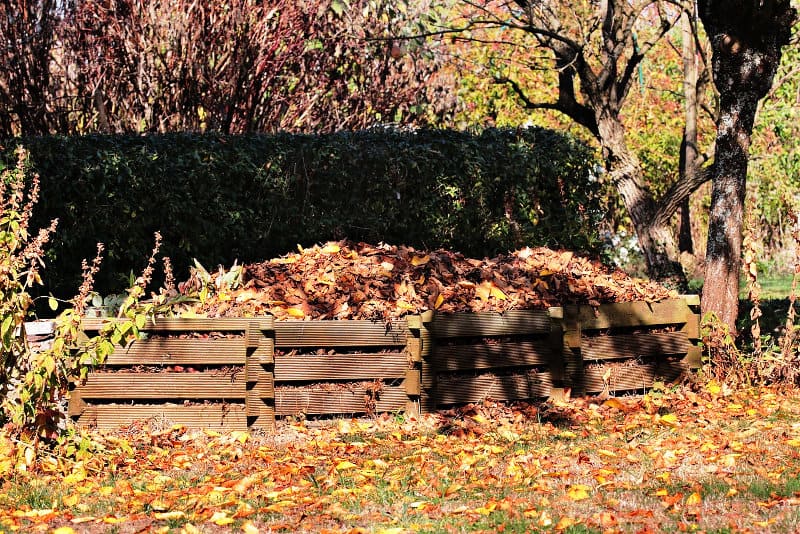
As the season progresses, it’s essential to clean up your garden to provide a healthy environment for your plants.
Removing Debris and Weeds
Vigorous weed growth in late summer can compete with your plants for vital resources. Pulling weeds ahead of your fall plantings will help ensure that your new crops have enough space and nutrients. Additionally, remove any debris left over from your summer crops. Dead plants can harbor pests and diseases, so it’s essential to dispose of them properly.
Composting
Consider adding healthy, disease-free plant materials to your compost pile. Cooking down plant materials into compost offers a way to recycle garden waste while creating valuable nutrition for your soil.
Mulching
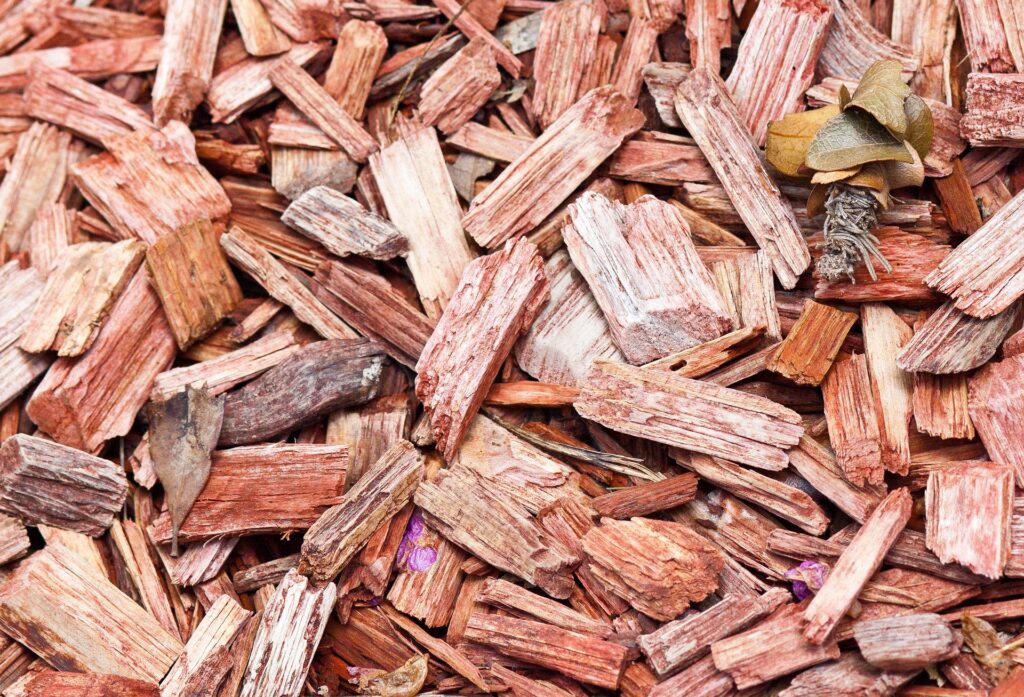
Mulch is your garden’s best friend—especially in September. Applying a layer of mulch is beneficial for several reasons.
Temperature Regulation
As temperatures start to cool, mulch can help maintain consistent soil temperatures, protecting tender roots from sudden drops in temperature.
Moisture Retention
Mulch helps retain soil moisture, especially as the weather becomes increasingly unpredictable. This means your plants can benefit from consistent hydration without you needing to water as frequently.
Weed Suppression
A thick layer of mulch can reduce the amount of sunlight reaching weed seeds, inhibiting their growth. Choose organic mulches like wood chips or straw, which will enrich your soil as they break down over time.
Planting Perennials and Bulbs
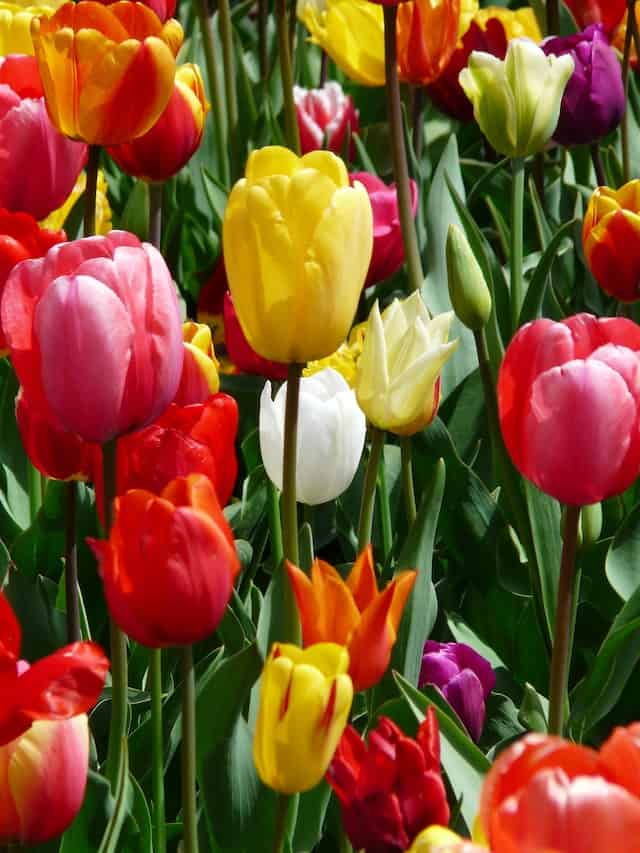
September is also the ideal time to plant perennials and spring-flowering bulbs. Planting them now gives them a jumpstart before the ground freezes.
Choosing the Right Perennials
Look for perennials that can thrive in your local climate. Native plants are often a worthwhile choice; they’re well adapted to local conditions and require less maintenance.
Bulb Planting Tips
For spring blooms, now is the time to plant bulbs like daffodils, tulips, and hyacinths. When planting, ensure the bulb is placed at a depth two to three times its height, allowing for space to grow and preventing them from drying out.
Preparing Your Tools
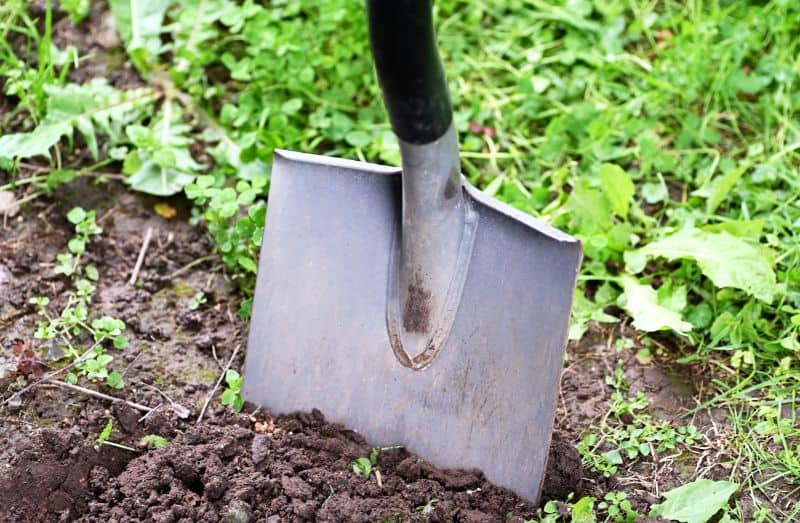
As you wrap up your summer gardening, don’t forget about maintaining your gardening tools. Proper care now will extend their lifespan and ensure they’re ready for the next growing season.
Cleaning and Sharpening Tools
Remove dirt and rust from your tools to prevent them from deteriorating. A simple mixture of sand, vegetable oil, and vinegar can work wonders for cleaning. Be sure to sharpen blades on pruners, hoes, and shovels; proper cutting tools make garden tasks so much easier.
Storing Tools Properly
Store your tools in a dry, sheltered place to protect them from moisture and rust. Hanging them up can prevent clutter and allow for easy access the next gardening season.
Pest and Disease Management

As the season shifts, keep a vigilant eye on pest populations. Some insects are more visible in September, and you should be proactive in managing their presence.
Beneficial Insects
Encourage beneficial insects like ladybugs or lacewings by maintaining a diverse garden. Plant a range of flowering plants that provide nectar and habitat for these natural pest controllers.
Inspect and Treat for Pests
Inspect your plants regularly for signs of pests or diseases. Consider using organic treatments such as neem oil or insecticidal soap for any infestations while keeping in mind that prevention is better than treatment.
Lawn Care Tips
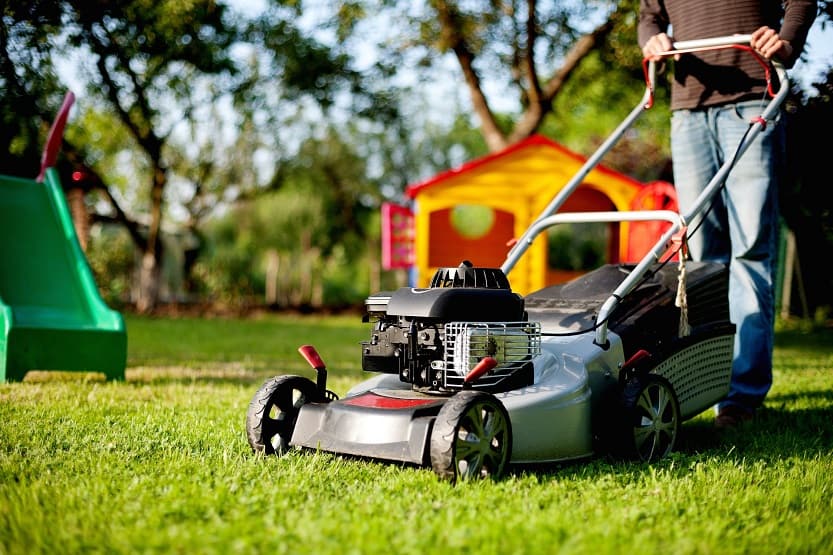
A healthy lawn complements your garden efforts, so don’t overlook its care in September.
Aeration and Overseeding
Aerating your lawn allows air, nutrients, and water to reach the roots of the grass more effectively. Following aeration, overseed with a high-quality grass seed suited to your region. This promotes a lush, green lawn come spring.
Fertilization
Applying a slow-release fertilizer in early September can be beneficial. A balanced fertilizer enriched with potassium helps strengthen grass roots, making them resilient against winter stress.
Winterizing Your Garden
As you tick off September tasks, also start to think about winterizing your garden. Preparing for cold months is crucial for long-term garden success.
Covering Vulnerable Plants
If you have tender plants that might not survive a frost, consider covering them with frost cloth or burlap. This simple step can make a significant difference.
Identifying Freeze Dates
Familiarize yourself with the expected freeze dates in your area. This knowledge will help you plan your final harvests and protection measures.
Engaging the Community
Finally, remember that gardening can be a communal activity. Engaging with your local gardening community can provide support, learning opportunities, and a sense of belonging.
Joining Local Gardening Groups
Consider joining local gardening clubs or community gardening programs. These groups often share valuable information about what works best in your area. Plus, it’s a fantastic way to swap seeds and plants!
Volunteering at Community Gardens
Volunteering at a community garden can also enhance your skills while contributing positively to your neighborhood. It’s an excellent chance to give back and make new friends who share your passion for gardening.
Conclusion
September is a month of transition in the garden, filled with necessary tasks that prepare you for winter while paving the way for next spring.


